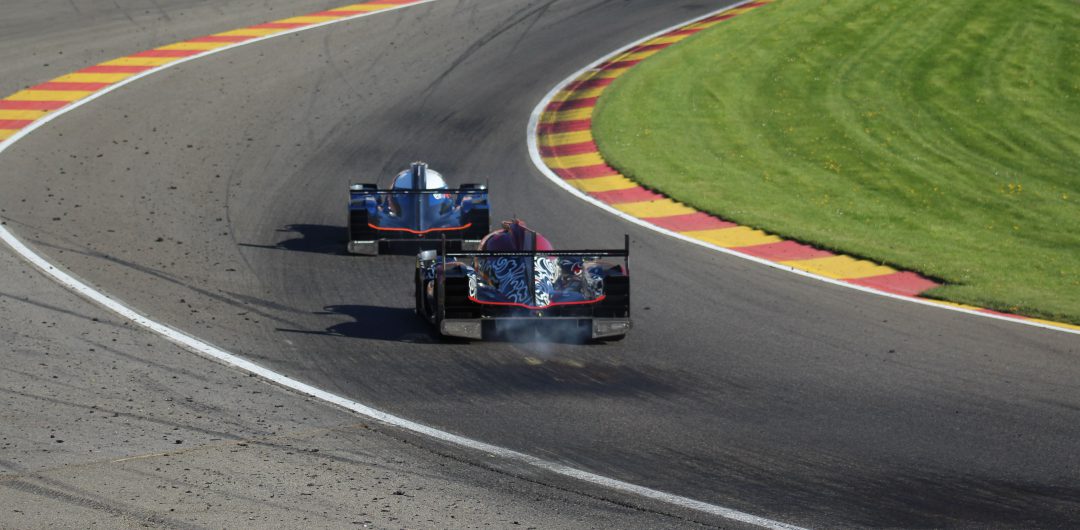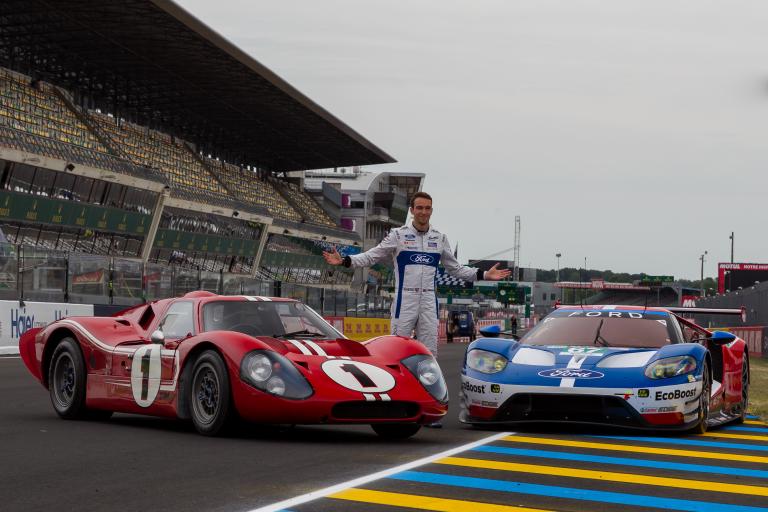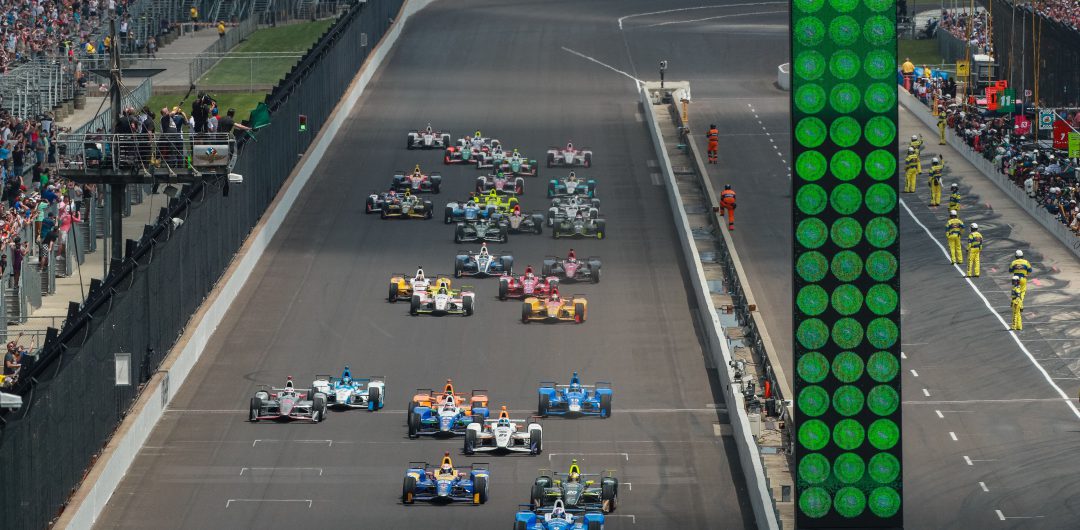Vi bringer her en artikel på originalsproget fra vores skribent, Jim Casey. Dette er hans egen fortælling, så vi vælger at bringe den på originalsproget, så vi ikke går glip af personlige detaljer. Ellers er vores mål ellers altid at bringe artiklerne på dansk, men her gør vi en undtagelse. Vi håber at I vil nyde artiklen alligevel.
1983 was my 4th year at the Daytona 24 Hours, and for those of you accustomed to the type of cars raced there this century, you’d be quite surprised to go back to a year like 1983, and see 79 cars take the green flag, with 92 having been entered, including a Studebaker Avanti.
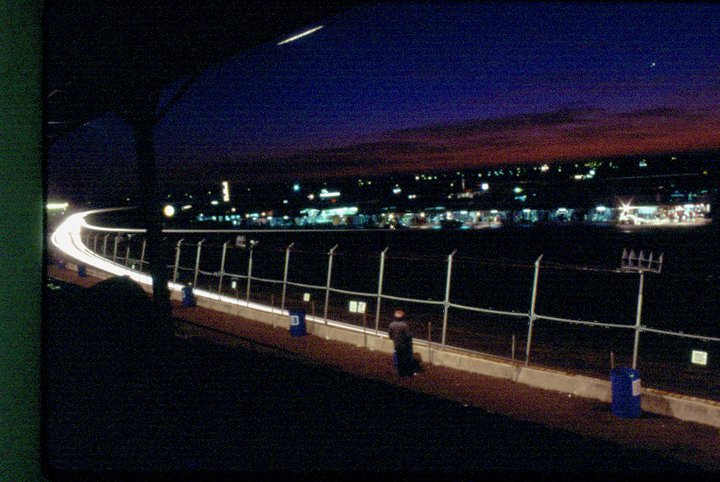
This was the first year for the new GTP class, IMSA’s version of Group C, with one key rule difference. IMSA’s rules required that the driver’s feet be behind the centerline of the front axle, for safety purposes. This eliminated the Porsche 956, but led to the debut, the following year, of the all-conquering 962.
There were 20 cars in the GTP class, most of them Porsche 935’s of various types, grandfathered in to fill the field, but there were some new cars, including Lola T-600’s, with a few different engine combinations. Same with March’s 83G, and there were two Aston-Martin Nimrods, one featuring A. J. Foyt sharing with Darrel Waltrip in a car sponsored by Pepsi-Cola.
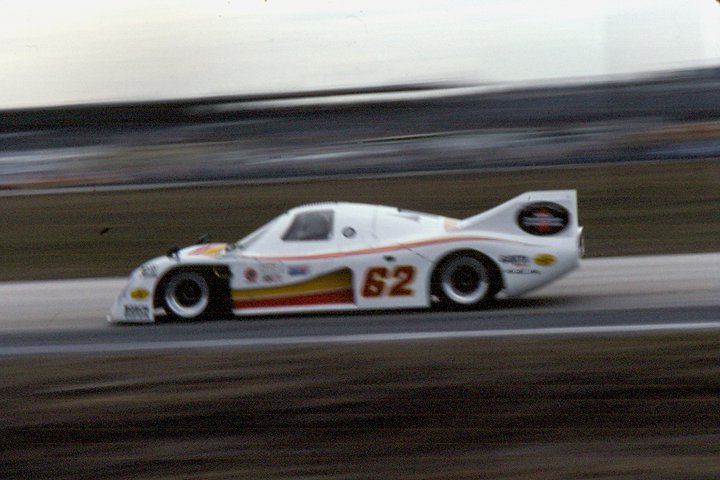
Certainly the prettiest car in GTP was the Group 44 Jaguard XJR-5. 40 cars were entered in GTO, GT cars with engines over 2.5 liters, including lots of Porsches, Camaros, Mustangs, Firebirds, and that Avanti. GTU, under 2.5 liters, was dominated at the time by Mazda RX-7’s, with their best competition coming from the Porsches with the smaller engines.
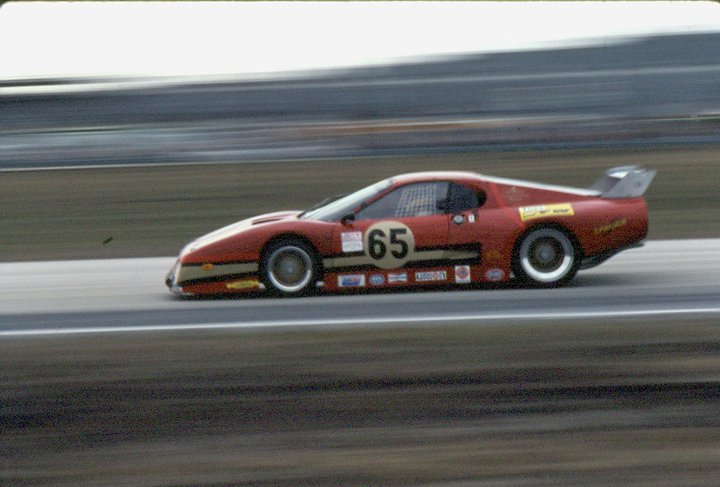
The weather during practice and qualifying was nice, but mostly wet through the race.
Foyt and Waltrip’s Nimrod was among the early retirements, along with several of the other new cars, and the race was dominated at the front by various 935’s, including Preston Henn’s Swap Shop whaletail version, driven by Bob Wollek and Claude Ballot-Lena.
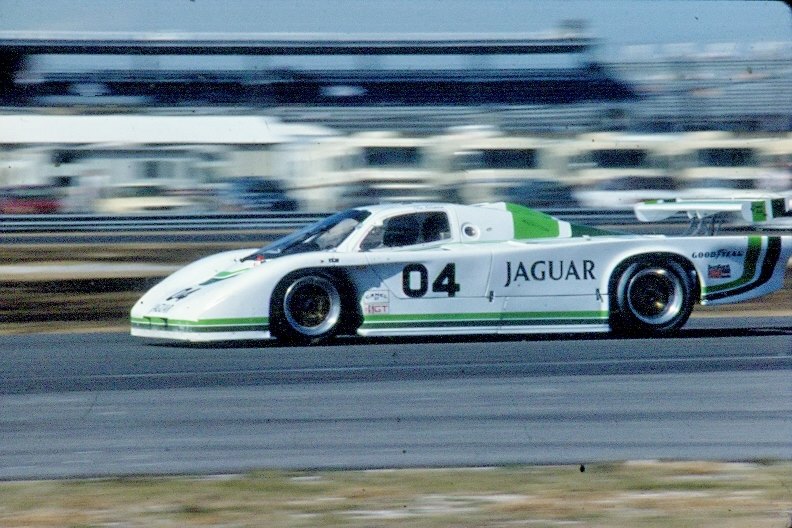
Preston Henn, always looking for some extra publicity, approached Foyt about getting in the car Sunday morning, to which Foyt finally agreed. When Bob Wollek brought the car in for a scheduled pit stop around 7am Sunday, he expected Ballot-Lena to be ready to take over. When he got out of the car and found Foyt waiting to get in, he was completely taken aback. Standing nearby, but not close enough to hear their conversation, Foyt is alleged to have asked Wollek what the shift pattern was, but Foyt has never confirmed that. After the car was fueled and fresh tires put on, away Foyt went, in a car which he had never been in until that moment.
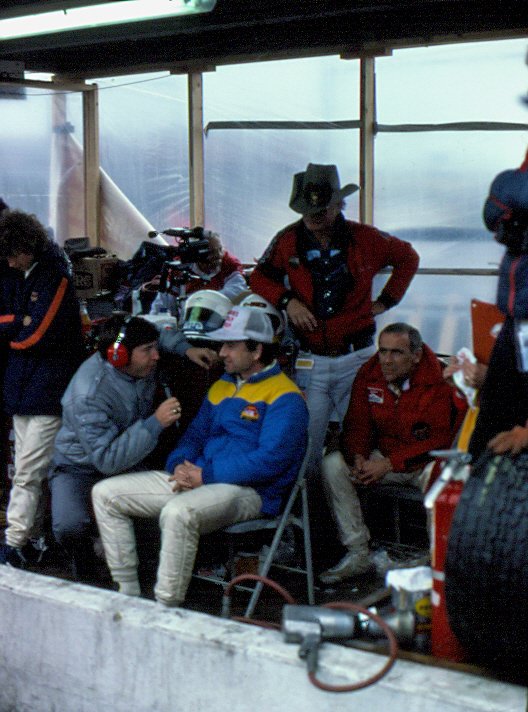
The race was being broadcast live in the US on TBS, and Mike Joy was there in the pit, and got to ask Wollek about Foyt getting in the car. He went from 0 to full rant in about 2 seconds flat, outraged that someone like Foyt, unfamiliar with the 935, would be trusted to hold the lead he and Ballot-Lena had built through the night.

Wollek went on and on about how Foyt knew nothing about the car, did not typically race in the wet, and was still raging when he was interrupted by the P. A. system, announcing that Foyt had just set fast lap of the race. The Swap Shop car continued on to win the race by a comfortable margin, and Foyt left quickly after the race with the trophy, so he could show it to his father, who died a few days later.
He and Wollek ultimately became friends, pairing up again in 1985 to win Sebring in Preston Henn’s 962.

